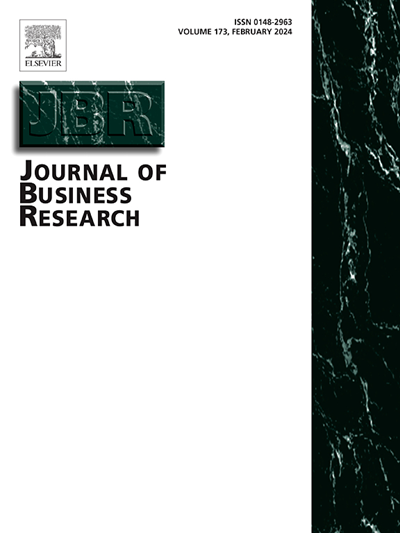CEO–TMT vertical pay gap and firm productivity: A tournament theory perspective
IF 10.5
1区 管理学
Q1 BUSINESS
引用次数: 0
Abstract
Does the pay gap between the CEO and TMT members influence how firms perform? For long, this question has been of scholarly interest yet prior research exploring it has largely yielded equivocal findings. One possible reason for this is the way firm performance is traditionally operationalized. Addressing past equivocal findings, we instead examine the influence of the CEO–TMT vertical pay gap on firm productivity, which is a more immediate reflection of TMT members’ effort that is motivated by the CEO–TMT vertical pay gap. Drawing on tournament theory, we theorize that a greater CEO–TMT vertical pay gap will lead to higher firm productivity. We also explore boundary conditions around this relationship by examining the influence of external and internal promotional opportunities for TMT members. Specifically, we contend that this positive relationship will be stronger when firms are headquartered in states with high noncompete enforceability (i.e., when TMT members have fewer external opportunities to be promoted to CEO) and weaker when firms have heirs apparent (i.e., TMT members have fewer internal opportunities to being promoted to CEO). Using data from 1,811 US public firms from 1993 to 2012, we find broad support for our hypotheses. Our study advances scholarly understanding of tournament incentives in the form of the CEO–TMT vertical pay gap and provides practical implications on how boards of directors can incorporate tournament incentives into the design of executive compensation.
CEO-TMT垂直薪酬差距与企业生产率:竞赛理论视角
CEO和TMT成员之间的薪酬差距是否会影响公司的绩效?长期以来,这个问题一直是学术界感兴趣的问题,但之前的研究在很大程度上产生了模棱两可的结果。造成这种情况的一个可能原因是公司业绩传统上被操作化的方式。为了解决过去模棱两可的发现,我们转而研究CEO-TMT垂直薪酬差距对企业生产率的影响,这是CEO-TMT垂直薪酬差距激励下TMT成员努力的更直接反映。根据竞赛理论,我们认为CEO-TMT垂直薪酬差距越大,企业生产率越高。我们还通过检查外部和内部促销机会对TMT成员的影响来探索这种关系的边界条件。具体来说,我们认为,当公司总部位于具有高度非竞争可执行性的州时,这种积极关系会更强(即,当TMT成员被提升为首席执行官的外部机会较少时),而当公司有明显的继承人时(即,TMT成员被提升为首席执行官的内部机会较少),这种积极关系会更弱。利用1993年至2012年1811家美国上市公司的数据,我们发现我们的假设得到了广泛的支持。我们的研究以CEO-TMT垂直薪酬差距的形式推进了对赛事激励的学术理解,并为董事会如何将赛事激励纳入高管薪酬设计提供了实际意义。
本文章由计算机程序翻译,如有差异,请以英文原文为准。
求助全文
约1分钟内获得全文
求助全文
来源期刊

Journal of Business Research
BUSINESS-
CiteScore
20.30
自引率
10.60%
发文量
956
期刊介绍:
The Journal of Business Research aims to publish research that is rigorous, relevant, and potentially impactful. It examines a wide variety of business decision contexts, processes, and activities, developing insights that are meaningful for theory, practice, and/or society at large. The research is intended to generate meaningful debates in academia and practice, that are thought provoking and have the potential to make a difference to conceptual thinking and/or practice. The Journal is published for a broad range of stakeholders, including scholars, researchers, executives, and policy makers. It aids the application of its research to practical situations and theoretical findings to the reality of the business world as well as to society. The Journal is abstracted and indexed in several databases, including Social Sciences Citation Index, ANBAR, Current Contents, Management Contents, Management Literature in Brief, PsycINFO, Information Service, RePEc, Academic Journal Guide, ABI/Inform, INSPEC, etc.
 求助内容:
求助内容: 应助结果提醒方式:
应助结果提醒方式:


